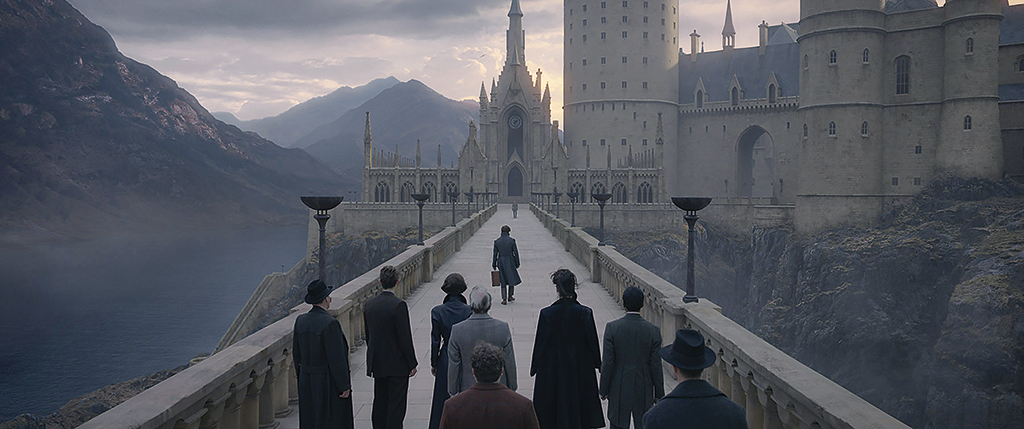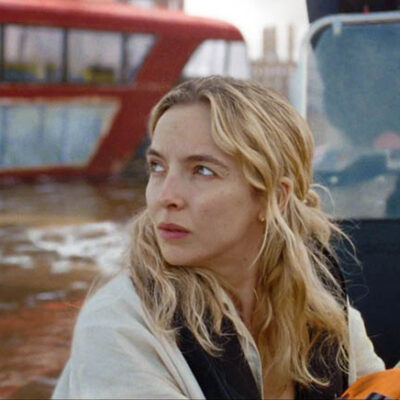Another aspect of the job is having brainstorming sessions with visual effects vendors. During the making of 300: Rise of an Empire, Scanline VFX met with Kolbe to discuss how to shoot the water action dry for wet in front of a greenscreen and to develop the look of the four different battles sequences. “That one had a bunch of challenges: budget, schedule and location. What I do, especially when there’s a film that’s particularly challenging, is go to a company that might have a software solution or a creative and technical solution, bring them in and partner with them to figure out a holistic workflow plan on the film that could achieve the objective. I enjoy working with a company like Scanline VFX because we have a good relationship in trying to think outside of the box.”
A balancing act takes place between financial and creative requirements of a project. “It is tricky, but at the end of the day we have to make a really good movie,” observes Kolbe. “The number one focus is to figure out with the filmmakers how we’re going to do that. We have gotten to be good at it, but that is never easy. There’s never one solution to any problem. We’re always looking at multiple ways to handle a problem or a scenario that we foresee coming up. You are constantly having to make sure that you’re keeping your priorities in line, but also understand that you have to be able to handle shifts and changes.”
Keeping an open mind is critical. “I might ask questions that are completely off the wall, but I always want to challenge our visual effects supervisors and producers to try to think of a better way to get the content.” Post-production schedules are becoming shorter. “You can use technology to help you solve some of the problems. At the end of the day, humans can only do so much in a day, but technology is always advancing. We have to figure out an approach that helps us get to content that looks amazing and is more efficient, but also preserves what is the most expensive part of the process, which is the artists’ time.”
“Our industry will have nothing but more growth in the future, whether it’s augmented reality, virtual reality, or whatever that next thing is,” believes Kolbe. “It’s all going to be part of creating visual content across not only those different areas, but also different platforms that are derivative of the film content.”
The job of managing the visual effects department for Warner Bros. is constantly evolving and changing. “The most interesting part is not only the amount of content we touch but also the complexity of it as well. When I look across my desk and I have 35 movies I’m either in some way, shape or form involved in, there are different challenges in each and every one of them. Ten years ago, we didn’t have to deal with this type of complexity in figuring out how to make the movies, and it’s not only that, but also the financial structure of how we’re going to be able to deal with it.”
States Kolbe, “For me, I like challenges and being part of figuring out solutions. Whenever there is a situation where a film goes well or suddenly has to deal with a challenge that we have to overcome to get a film into the theatre, that is where I get the most satisfaction. Just knowing that we were able to do a good job against all of the obstacles and put out a great-looking movie to the best of our abilities. Our department takes a lot of pride in what we do and the quality of the work that comes out of the studio. That, to me, is what drives me and keeps me going to work every day.”



















